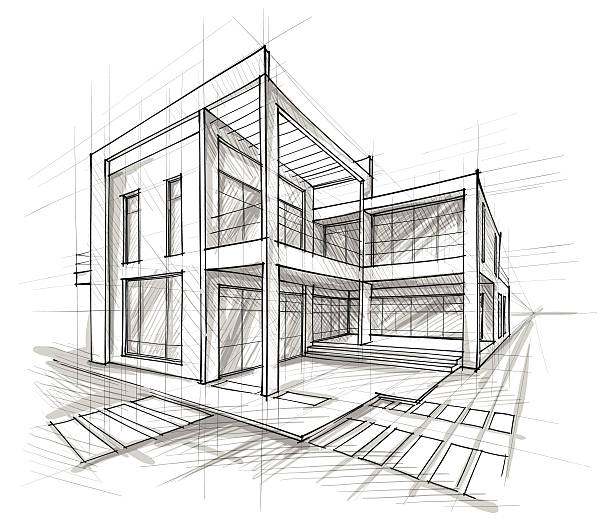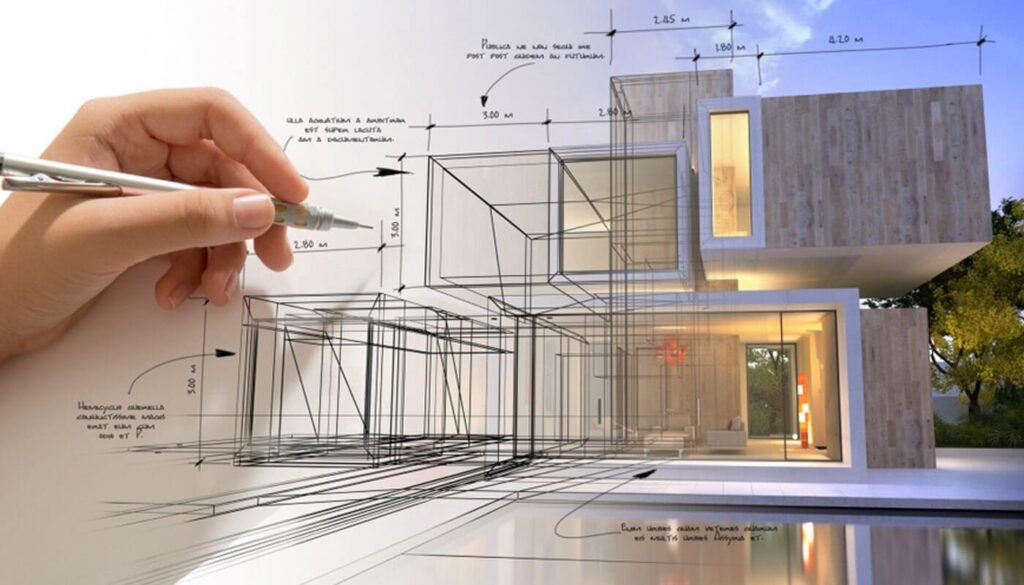Top Reasons to Select CDA Architects for Your Residential or Commercial Layouts
Top Reasons to Select CDA Architects for Your Residential or Commercial Layouts
Blog Article
An Extensive Introduction of Building Designs and Their Impact on Modern City Preparation and Development
Architectural styles have long worked as a mirror to the societal worths and technical advancements of their time, playing a vital duty in forming modern-day city preparation and growth. From the grandeur of Neoclassicism to the practical approach of Brutalism, each design has actually presented one-of-a-kind principles that influence city aesthetic appeals and functionality. As contemporary obstacles develop, consisting of sustainability and neighborhood demands, recognizing these historic frameworks becomes vital. The resulting dialogue not only informs future layout techniques however likewise raises pertinent questions concerning the equilibrium between heritage and innovation in our advancing city landscapes.
Historical Review of Architectural Styles

As cultures transitioned with the Center Ages, Gothic style emerged, identified by its verticality and detailed describing, mirroring the spiritual aspirations of the era. The Renaissance noted a resurgence of classical ideals, combining art and design in cutting-edge methods that affected succeeding styles throughout Europe.

Today, building designs continue to progress, driven by globalization and sustainability problems, showing a vibrant interplay in between heritage and advancement. This historical introduction underscores the significance of design as a mirror of social evolution and as a driver for city development.
Secret Architectural Styles Explained
The variety of architectural designs reflects the myriad influences that shape our developed setting, each embodying distinct characteristics and cultural relevances. Trick building designs include Classical, Gothic, Baroque, Modernism, and Postmodernism, each standing for unique historical contexts and aesthetic ideologies.
Classic style, rooted in old Greece and Rome, emphasizes symmetry, percentage, and using columns (cda architects). In comparison, Gothic style, thriving between Ages, is identified by pointed arches, ribbed vaults, and flying buttresses, creating an aerial top quality in sanctuaries. Baroque style, emerging in the 17th century, is noted by grandeur, elaborate ornamentation, and a vibrant interaction of light and shadow
Modernism, which acquired momentum in the early 20th century, prioritizes feature over kind, making use of brand-new products like steel and glass to develop minimalist structures. Postmodernism, reacting against the austerity of Innovation, embraces eclecticism and historic referral, frequently incorporating playful components and paradox.

Effect On Urban Planning
In forming the growth of cities, architectural designs dramatically influence metropolitan preparation choices. The selection of building design frequently dictates the looks, functionality, and overall character of metropolitan atmospheres.
In addition, architectural styles can influence zoning policies and land utilize plans. Urban organizers must consider the prevailing architectural fads when creating areas, making sure that brand-new advancements balance with existing More about the author frameworks. This factor to consider cultivates natural metropolitan landscapes and improves neighborhood identity.
The implementation of specific building styles can likewise influence socioeconomic factors within a city. For instance, premium modern styles may draw in upscale citizens and services, resulting in gentrification, while more affordable real estate options might focus on functional and sustainable designs to accommodate varied populaces. Eventually, the interaction between architectural styles and city preparation creates vibrant cities that reflect both historic context and contemporary demands, shaping the lived experiences of their inhabitants
Sustainability and Modern Style
Architectural designs play a critical duty in resolving contemporary obstacles, especially in the realm of sustainability. As city areas broaden and environmental worries magnify, modern-day architecture increasingly accepts sustainable style concepts that focus on energy effectiveness, resource conservation, and marginal ecological effect.
Contemporary building movements, such as biophilic style and environment-friendly architecture, advocate for frameworks that harmonize with their surroundings, using all-natural materials and promoting biodiversity. These designs often incorporate renewable power resources, such as solar panels and wind turbines, to minimize dependence on fossil gas and reduced carbon impacts.
Moreover, the combination of sophisticated modern technologies, such as smart building systems, improves power monitoring, optimizing resource usage while making sure owner convenience. Cutting-edge water management techniques, including rain harvesting and greywater recycling, more add to lasting city environments.
Notably, sustainability extends beyond ecological problems; it incorporates social and financial measurements browse around this web-site too. By fostering community well-being and promoting inclusivity, modern architectural designs align with sustainable advancement objectives. Consequently, the development of building methods remains to shape resilient cities that not just fulfill the requirements of today yet additionally secure the future for generations to find.
Area Interaction in Style
Community involvement in style works as a critical bridge in between architects and the populaces they offer, guaranteeing that the developed atmosphere mirrors the requirements and goals of its customers. This collective process invites community participants to contribute their understandings and preferences, cultivating a sense of possession and obligation toward the rooms they populate.
Efficient area interaction uses different methods, such as workshops, studies, and public online forums, to gather varied point of views. These techniques help with a two-way discussion, enabling architects to recognize local contexts while encouraging locals to articulate their concerns and wishes. This inclusivity not just improves the style top quality however additionally promotes social equity by attending to the unique difficulties encountered by marginalized teams.
Moreover, area interaction can bring about ingenious options that could not emerge in a standard style process. By incorporating local understanding and social worths, architects can produce areas that reverberate even more deeply with users, improving functionality and sustainability. Inevitably, focusing on community interaction in design procedures causes settings that nurture social interactions, support wellness, and enhance neighborhood connections, therefore playing a critical role in forming modern metropolitan landscapes.
Verdict
Building styles have profoundly influenced contemporary city planning and development, reflecting progressing social and technical contexts. The assimilation of historic aesthetic appeals with modern needs fosters urban environments that prioritize sustainability and area involvement. As cities proceed to expand and adjust, the ongoing dialogue in between building heritage and click to find out more contemporary style principles will remain vital in developing comprehensive, vivid rooms that boost top quality of life and advertise social equity. The future of metropolitan advancement depend upon this harmonious equilibrium.
Report this page